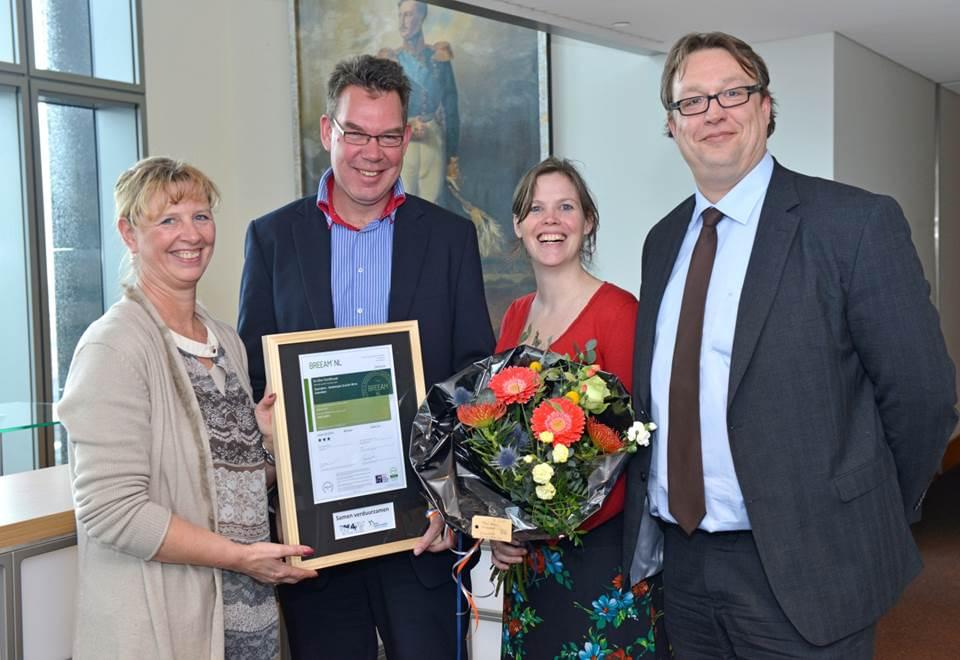Understanding Femicide: Causes, Statistics, And Prevention

Table of Contents
Defining Femicide and its Distinguishing Features
What constitutes femicide? It's crucial to differentiate femicide from other forms of homicide. While all femicides are homicides, not all homicides are femicides. The critical role of gender in defining femicide lies in the fact that the victim's gender is the primary motivating factor behind the killing. The perpetrator's actions are driven by the victim's identity as a woman, often stemming from deeply ingrained misogynistic beliefs and power imbalances.
Key characteristics of femicide cases frequently include:
- The deliberate targeting of women because of their gender: The perpetrator chooses the victim specifically because she is a woman.
- The often-violent and brutal nature of the crimes: Femicide often involves extreme violence, reflecting the perpetrator's intent to inflict maximum harm.
- The prevalence of intimate partner violence in femicide cases: A significant percentage of femicides are committed by current or former intimate partners, highlighting the dangerous escalation of domestic violence.
Causes of Femicide: A Multifaceted Issue
Femicide is not a simple problem with a single solution. Understanding its causes requires exploring a complex web of societal factors, cultural norms, and patriarchal structures. Gender inequality and discrimination are deeply rooted causes, creating an environment where violence against women is normalized and tolerated. Violence against women (VAW) in its various forms, from domestic abuse to sexual assault, frequently acts as a precursor to femicide, representing an escalation of already existing patterns of violence and control.
Specific contributing factors include:
- Harmful traditional practices and beliefs: Certain cultural practices that subordinate women and legitimize violence against them directly contribute to femicide.
- Lack of legal protection and enforcement: Inadequate laws, weak enforcement, and impunity for perpetrators create an environment where femicide can flourish.
- Inadequate support services for victims of domestic violence: A lack of readily available and accessible support services leaves women vulnerable and unable to escape abusive situations.
- The normalization of violence in society: When violence, particularly against women, is seen as acceptable or even expected, it creates a climate that breeds femicide.
Statistics and Global Prevalence of Femicide
Global statistics on femicide rates are alarming, though often underreported. Organizations like UN Women and the WHO highlight the devastating scale of this problem. While precise figures vary due to reporting challenges, the available data reveals significant regional variations in femicide prevalence. Many countries lack reliable data collection systems, making accurate global estimations difficult. However, even the incomplete data paints a disturbing picture.
Key statistical findings often reveal:
- A tragically high number of women killed annually due to femicide: The exact number varies depending on the source and methodology, but the scale is consistently alarming.
- A significant percentage of femicides committed by intimate partners: This underscores the critical need for addressing domestic violence as a key preventative measure.
- Significant regional variations in femicide rates: Some regions consistently report higher rates than others, reflecting disparities in social norms, legal frameworks, and resources.
Strategies for the Prevention of Femicide
Preventing femicide requires a multi-pronged approach that addresses both immediate and root causes. Promoting gender equality and challenging deeply ingrained patriarchal norms are crucial. Strengthening legal frameworks, ensuring effective enforcement of laws related to VAW, and improving data collection and reporting mechanisms are equally essential. Providing comprehensive support services for survivors of violence and their families is critical for preventing escalation to femicide. Educational programs are needed to raise awareness about femicide and promote healthy relationships.
Specific prevention strategies include:
- Community-based interventions: These initiatives focus on changing harmful attitudes and behaviors at the community level.
- Strengthening law enforcement response: Improving training, investigation techniques, and prosecution of VAW cases is vital.
- Investing in shelters and support services: Providing safe havens and crucial support for victims is essential.
- Public awareness campaigns: Raising public awareness and encouraging reporting can help prevent femicide.
Conclusion
Understanding femicide requires acknowledging its complex causes and the urgent need for collective action. The statistics paint a grim picture, highlighting the pervasive nature of violence against women. However, by tackling the root causes of gender inequality, strengthening legal protections, improving support services, and educating communities, we can effectively prevent femicide and create safer environments for women everywhere. Let's work together to combat femicide and build a world free from gender-based violence. Learn more about how you can contribute to the fight against femicide and support organizations working to end violence against women.

Featured Posts
-
 Understanding The D Wave Quantum Qbts Stock Price Drop In 2025
May 21, 2025
Understanding The D Wave Quantum Qbts Stock Price Drop In 2025
May 21, 2025 -
 Begrijp Het Verkoopprogramma Voor Abn Amro Kamerbrief Certificaten
May 21, 2025
Begrijp Het Verkoopprogramma Voor Abn Amro Kamerbrief Certificaten
May 21, 2025 -
 John Lithgow En Jimmy Smits Hun Rollen In Dexter Resurrection
May 21, 2025
John Lithgow En Jimmy Smits Hun Rollen In Dexter Resurrection
May 21, 2025 -
 Southern French Alps Late Snowfall And Stormy Weather
May 21, 2025
Southern French Alps Late Snowfall And Stormy Weather
May 21, 2025 -
 Peppa Pig Welcomes A Baby Sister Its A Girl
May 21, 2025
Peppa Pig Welcomes A Baby Sister Its A Girl
May 21, 2025
Latest Posts
-
 Borussia Dortmund Triumphs Beiers Brace The Key To Victory
May 21, 2025
Borussia Dortmund Triumphs Beiers Brace The Key To Victory
May 21, 2025 -
 Uefa Nations League Germany Triumphs Over Italy Reaches Final Four
May 21, 2025
Uefa Nations League Germany Triumphs Over Italy Reaches Final Four
May 21, 2025 -
 Beiers Double Propels Borussia Dortmund Past Mainz
May 21, 2025
Beiers Double Propels Borussia Dortmund Past Mainz
May 21, 2025 -
 Germanys 5 4 Aggregate Victory Sends Them To Uefa Nations League Final Four
May 21, 2025
Germanys 5 4 Aggregate Victory Sends Them To Uefa Nations League Final Four
May 21, 2025 -
 Bundesliga Leverkusen Victory Delays Bayerns Championship Celebrations Kane Sidelined
May 21, 2025
Bundesliga Leverkusen Victory Delays Bayerns Championship Celebrations Kane Sidelined
May 21, 2025
